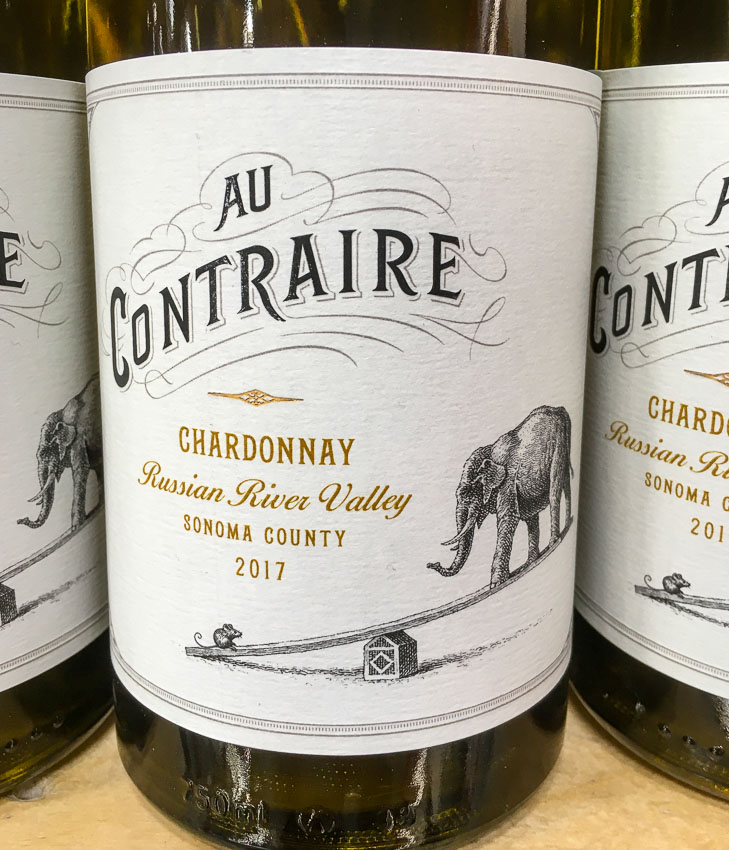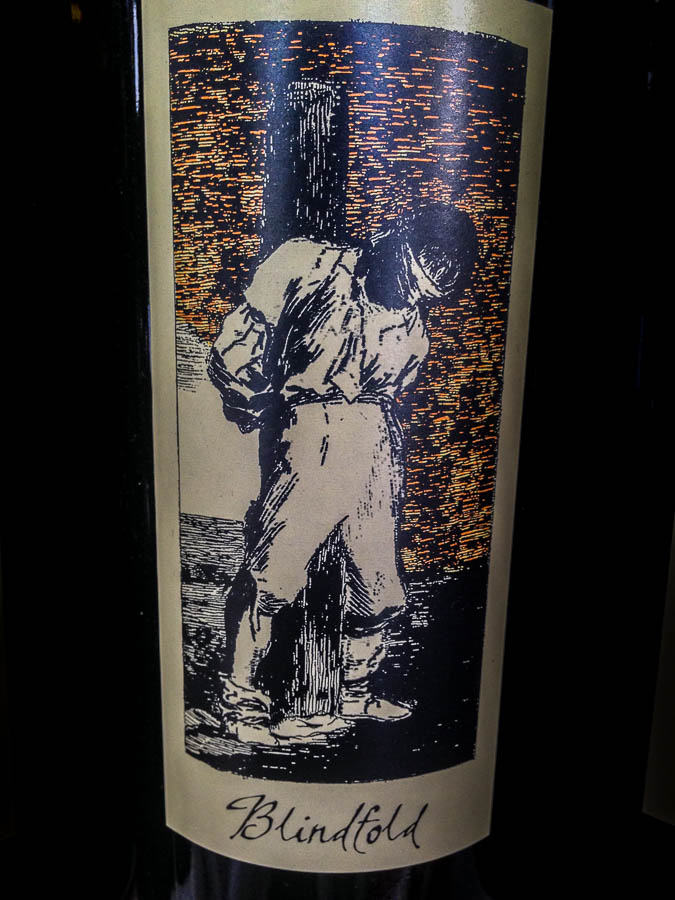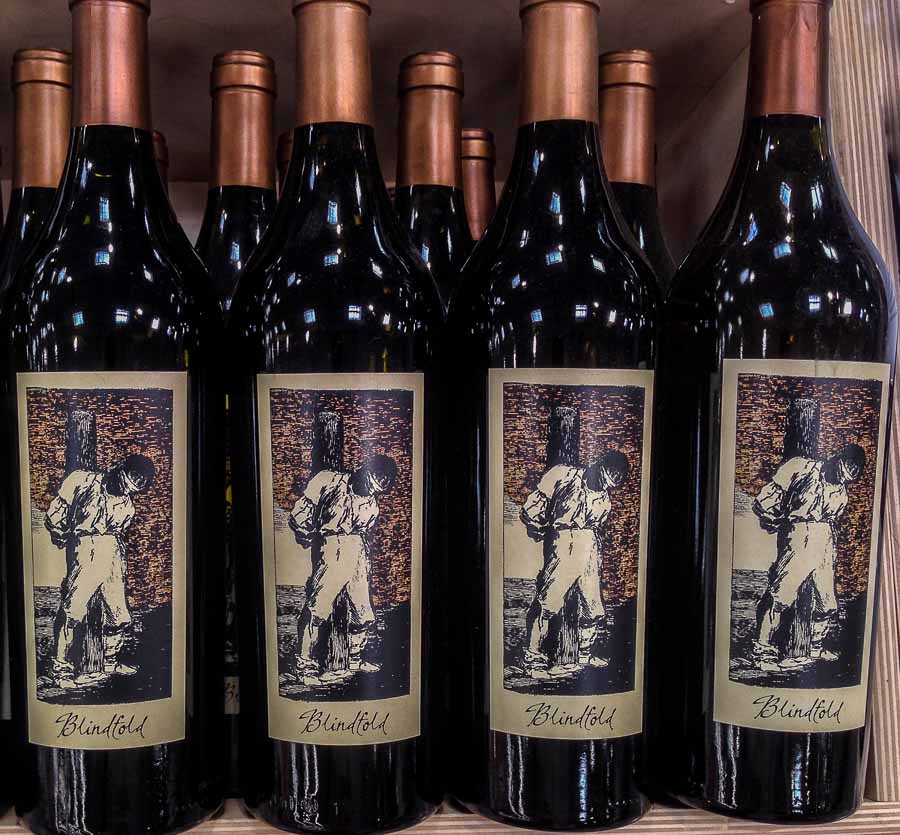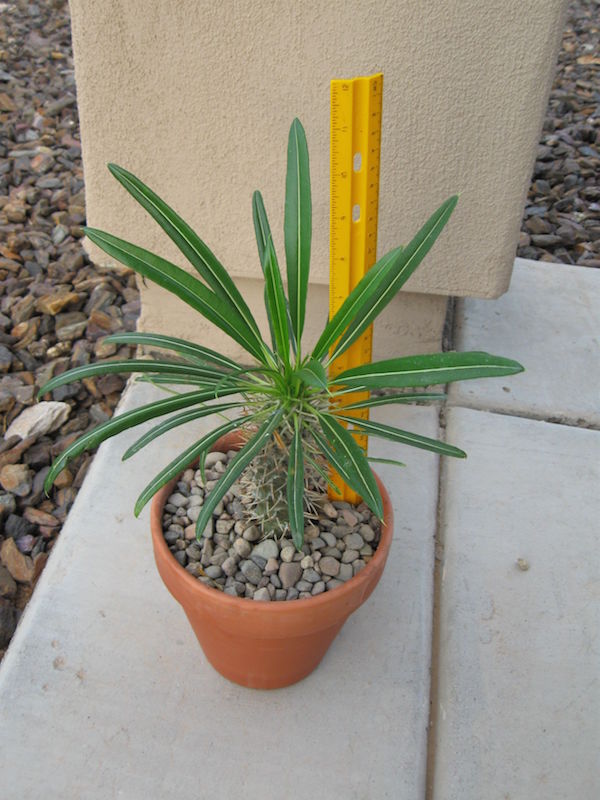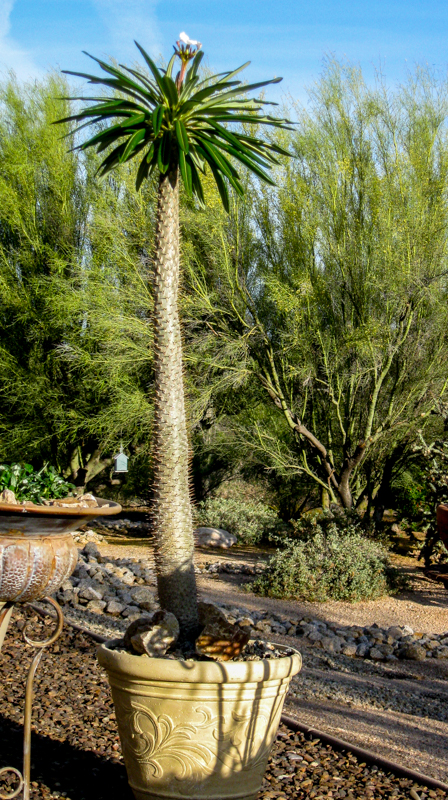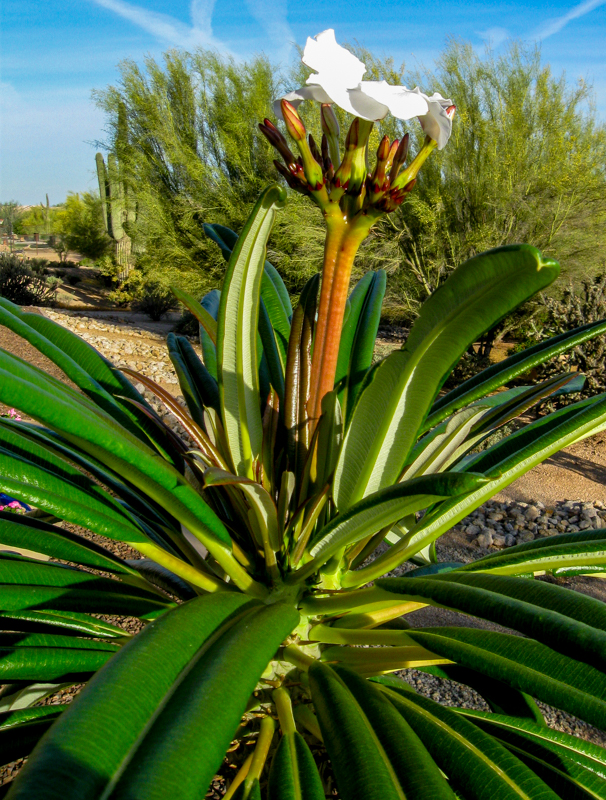One way we celebrate the winter season in the North Phoenix, AZ area is to take advantage of the wonderful weather that normally hovers in the 65-75 degree range. We also consult our list of potential hikes in other areas for those days that may also be unseasonably warm.
This situation arose recently when we learned that the afternoon temperatures in Cottonwood, AZ were going to be in the seventies. We had earmarked Dead Horse Ranch State Park, which is part of the Verde River Greenway, as a hiking destination.

The sign to the park is a bit ambiguous so if you are entering Cottonwood from the South, take the first right-hand turn right after the sign. It is a bit clearer coming from the other direction.
The one trail we had highlighted for our journey this day was the Lime Kiln Trail which seemed to be the most popular. The trail is used by horses and dirt bikers, but on this day it was lightly traveled and was not bothersome.
After a short walk up the trail, looking in a westerly direction, the surrounding mountains came into view.

While the trail is an easy one, there were some mild ups and downs. The adjacent areas had some pretty hills with colorful reds and whites.
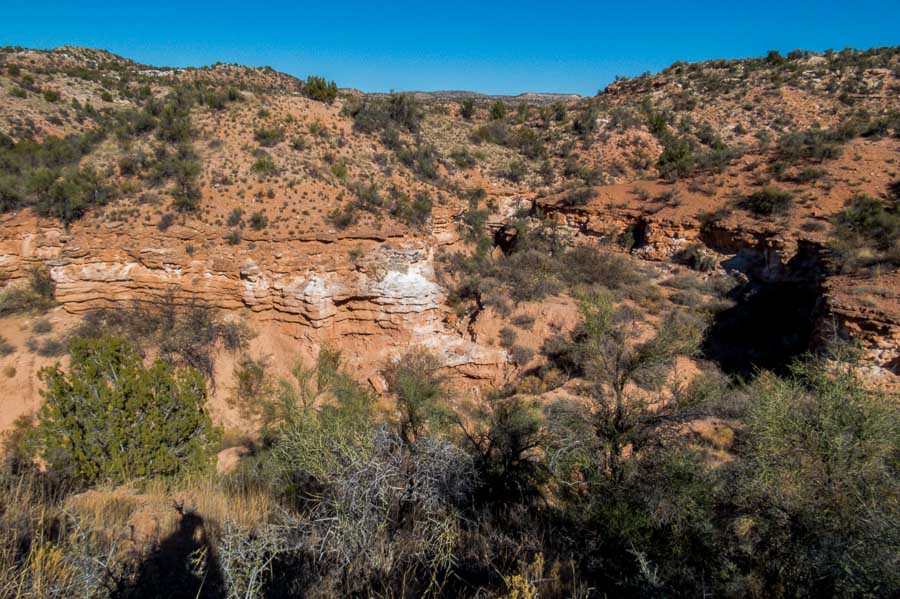

As you can see from the picture below, the trail is very clear and relatively clean. There was little, if any, boulder scrambling required.
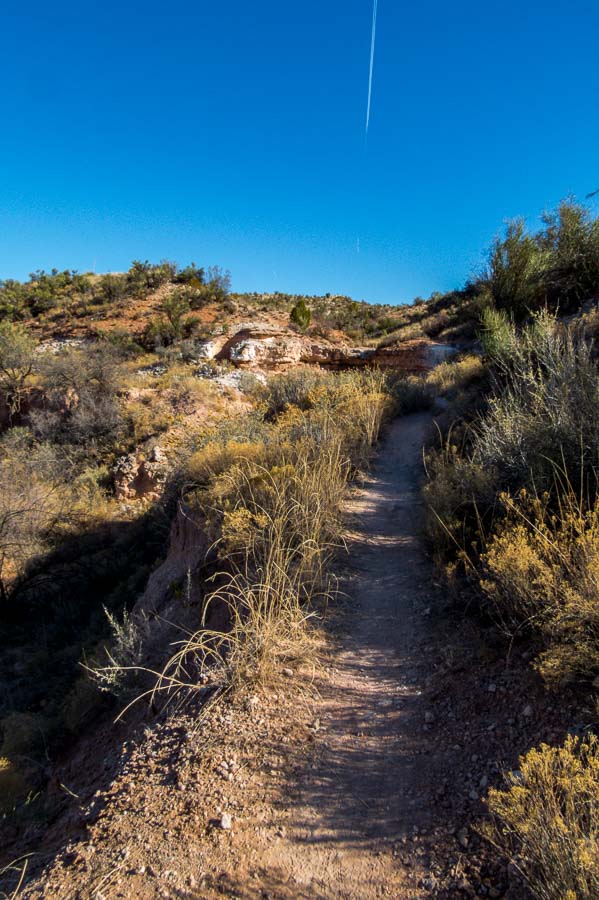
As we gained some altitude, we could look back at the hills and see Jerome (yellow arrow), just to the right of center in this picture. Jerome would be a worthy stop after a hike with its unique stores and restaurants although there are certainly a number of interesting eateries in the “old town” section of Cottonwood which has undergone a Renaissance in recent years.

Some of the sections reminded us a bit of Sedona, with the red rock outcroppings.
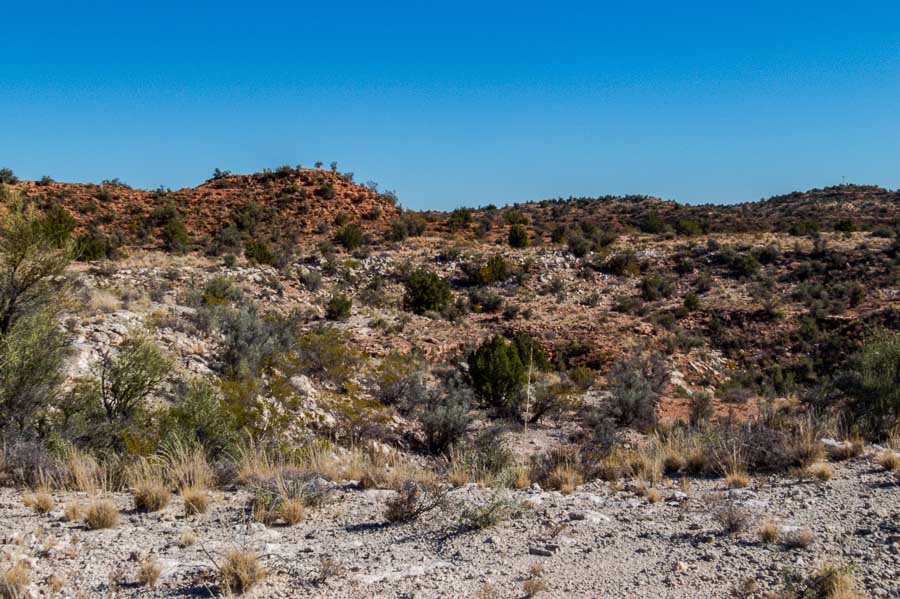
As we hiked further upward, I stopped to look at the town of Cottonwood sprawled out below the park.
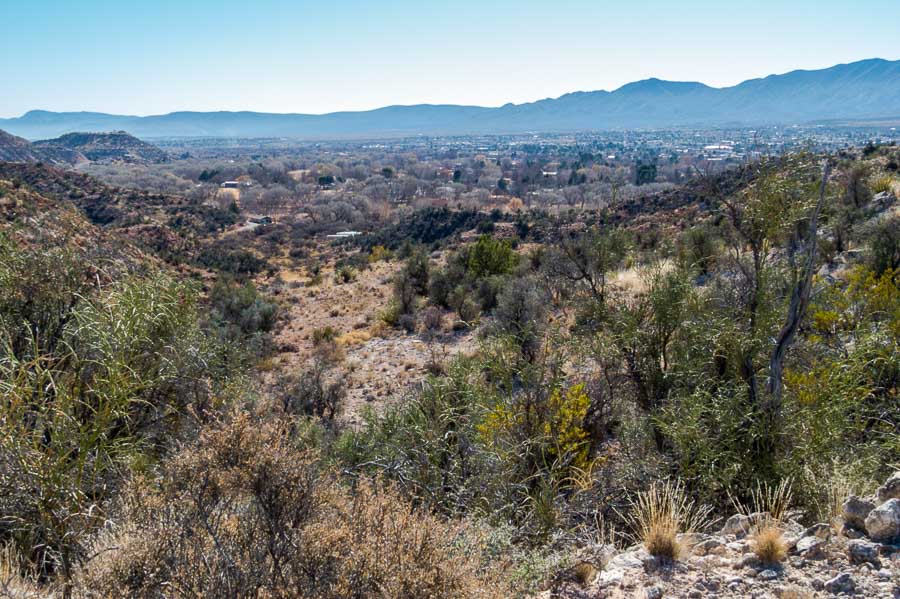
This was one of the steepest inclines we encountered, but it was very short.

A side section of the hill pictured above was used by more adventurous bikers who wanted some challenging terrain; notice rocks and rough spots.

There are beautiful colors in the hills of Arizona even in the more northern areas during winter. The yellow creosote bush stands out in juxtaposition to the dormant plants, reddish earth and blue sky.
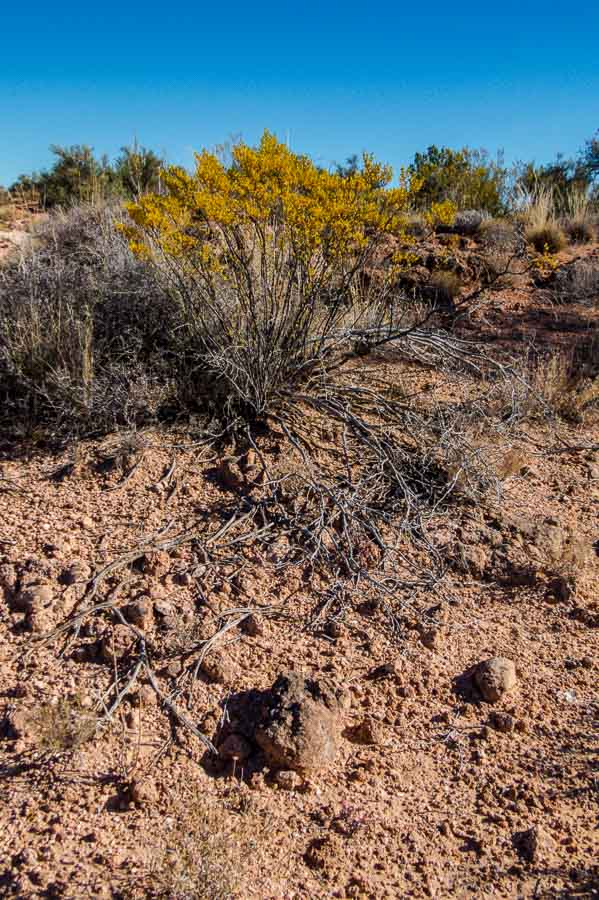
This is the desert version of driftwood. I appreciate the haphazard art created by nature’s random placement.

The park has a number of camping areas and with that comes the apparatus of civilization cutting through the wilderness.
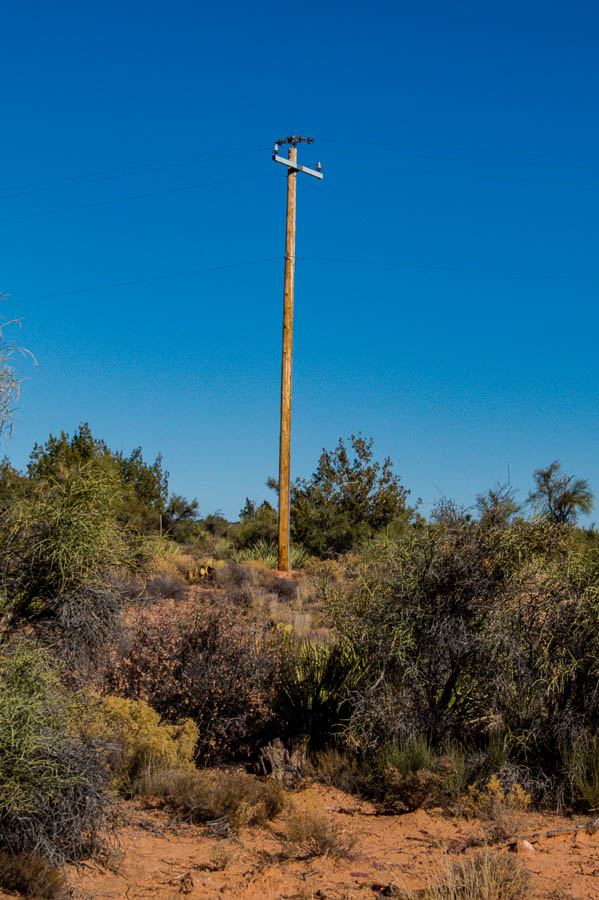
While the trail map we had lacked some specifics, there were signs along the trail to serve as guides and help hikers find their way. We weren’t going to complete the entire trail on this day, but we did take a side jaunt to see the less than remarkable rattlesnake wash overlook. Perhaps in the spring, the foliage would provide a more scenic view.
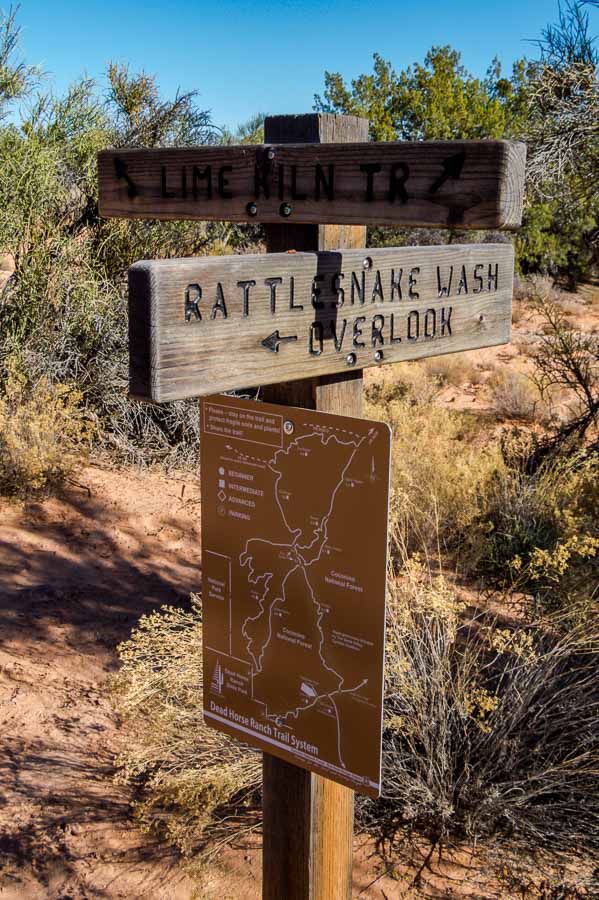

This was a rather straight stretch of the trail alongside a meadow; love the colors!
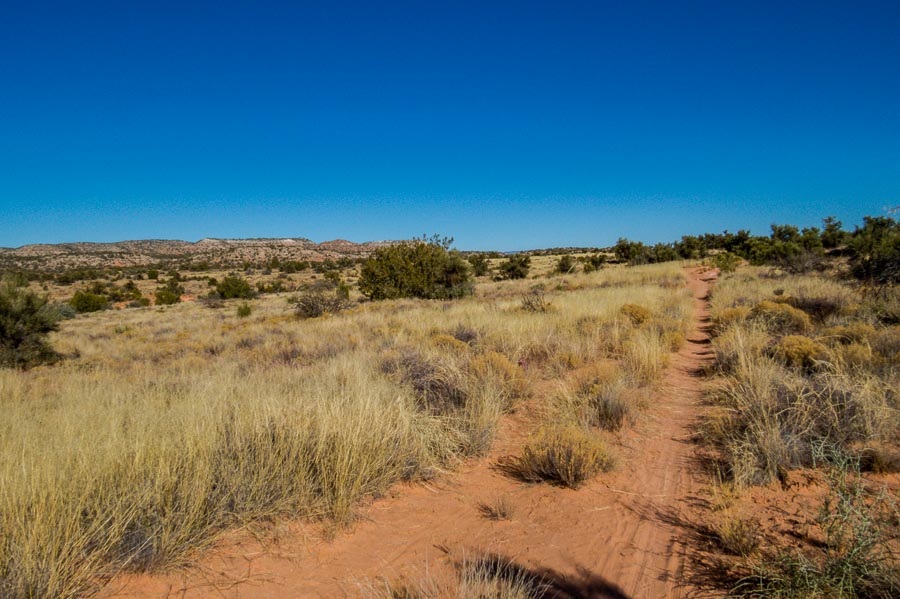
Prickly pear cactus (Opuntias) are prevalent in the southwest and often grow in a tall candelabra type shape. This particular species was quite red and low growing. Perhaps the elevated and open location, with potentially more winds, kept it from growing upward. Spreading in a horizontal habit gives it an appearance of a caterpillar crawling across the ground.

Here’s another picture of the surrounding terrain and flora.
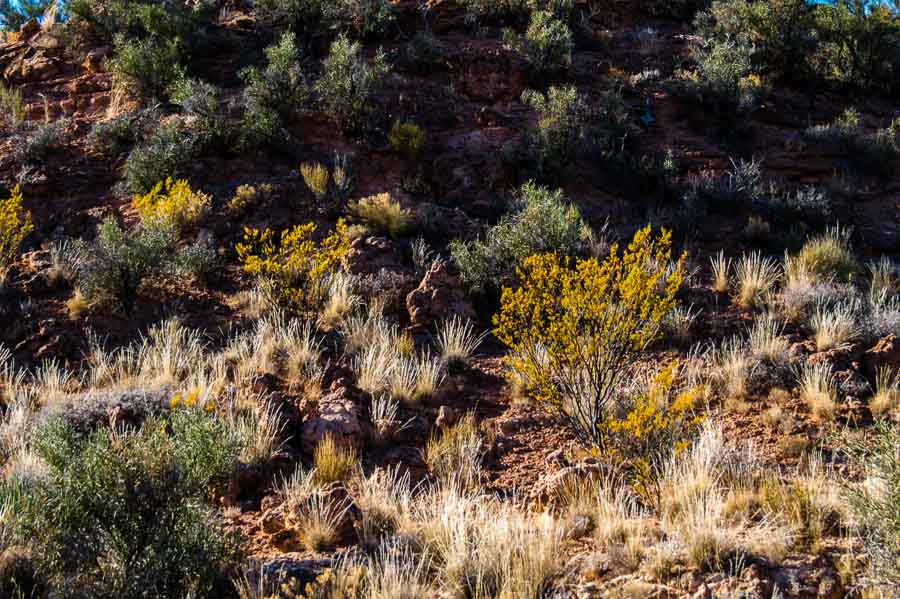
We didn’t notice it on the way up, but on the return trip there was a sign calling attention to the actual lime kiln.

Currently this is what the inside of the kiln contains…
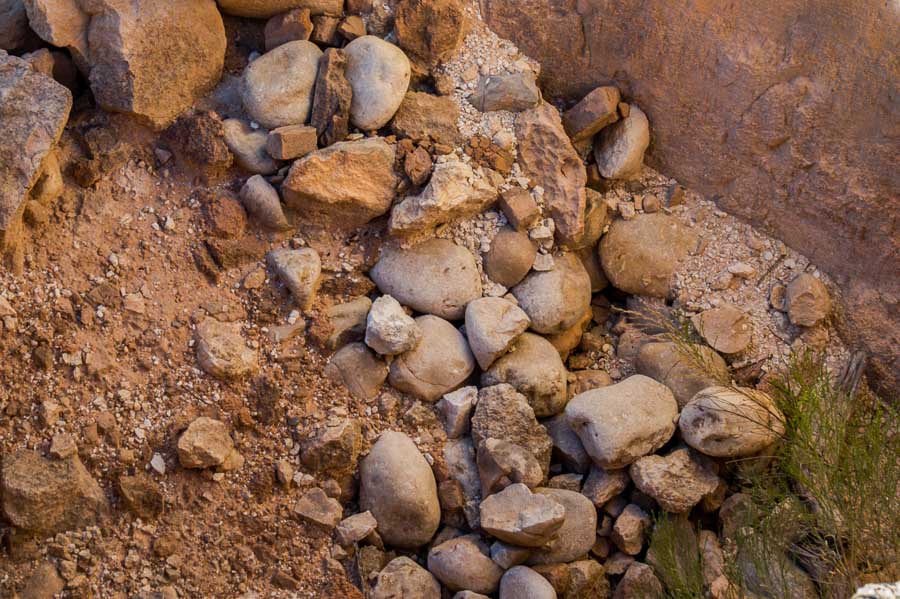
Here is what the kiln looks like from the trail.
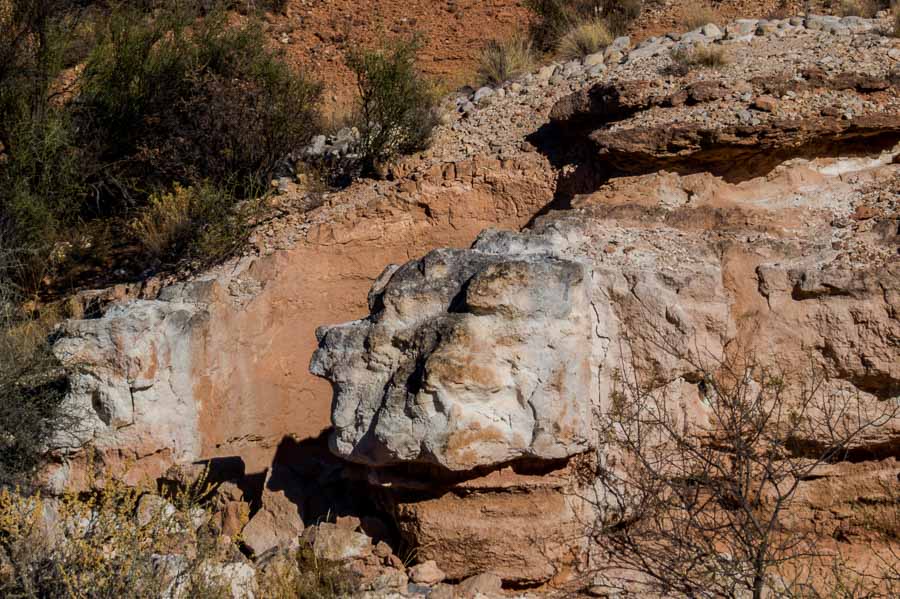
As we left the trail and headed for the parking lot, I stopped to take a picture of this stately tree which I am guessing is a cottonwood. The pipe to the right is a water flume draining water into a more natural catchment area.
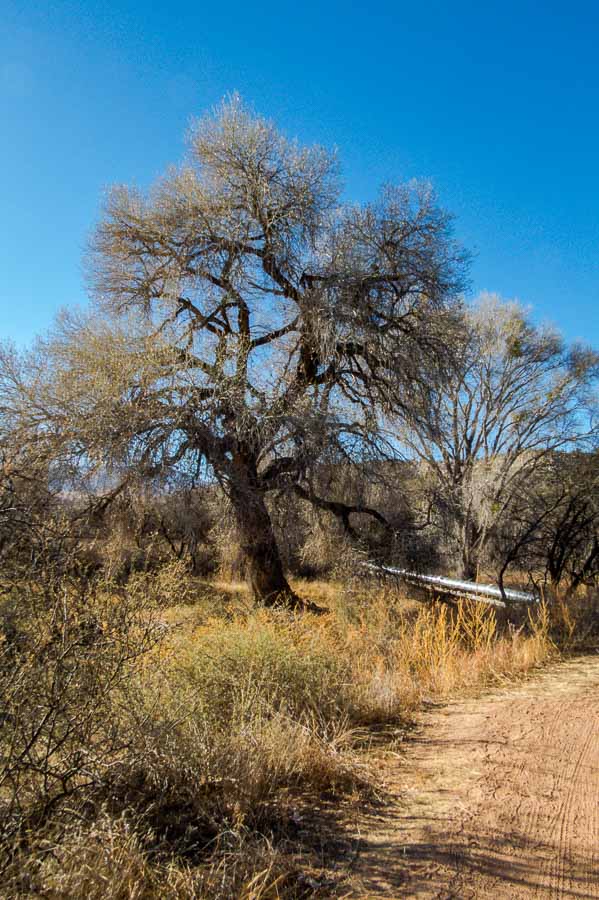
Although the car was only a few steps away, I noticed several groups of ducks in the lagoons which seemed to be popular fishing spots. I couldn’t resist trying to capture a few pictures for my American Birding Association checklist and picture archive. I had a decent picture of a coot, but not a good one so off I went.
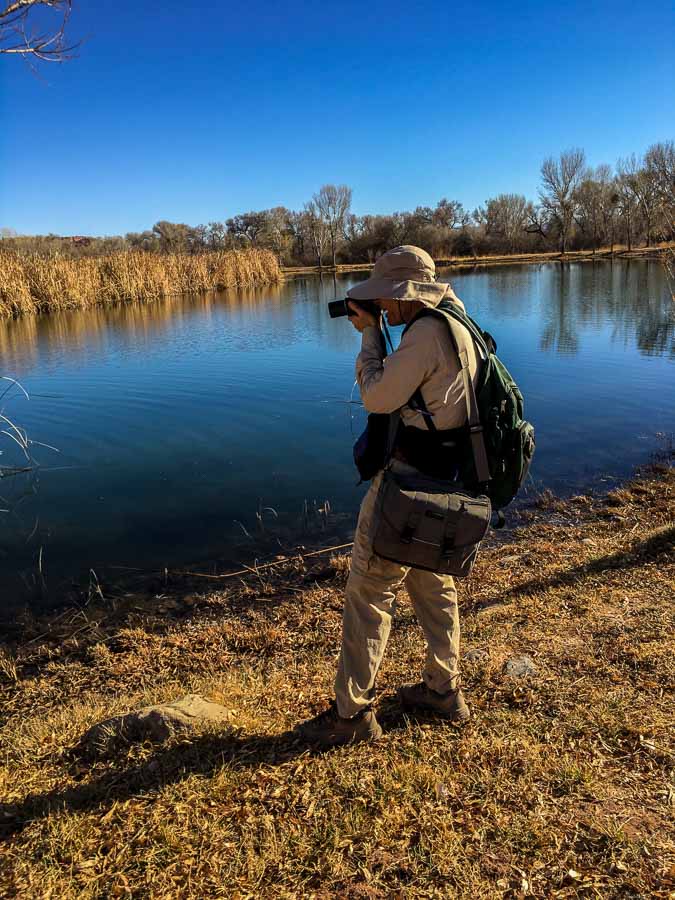
Not a coot, but a Ring-necked duck.
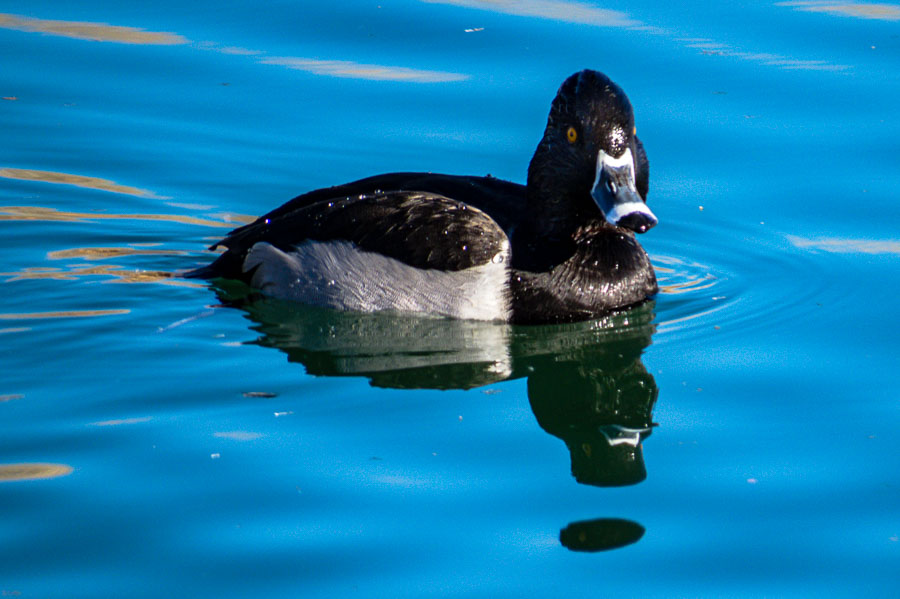
Notice the bright orange eye!

Oh yes, there were some American Coots as well…
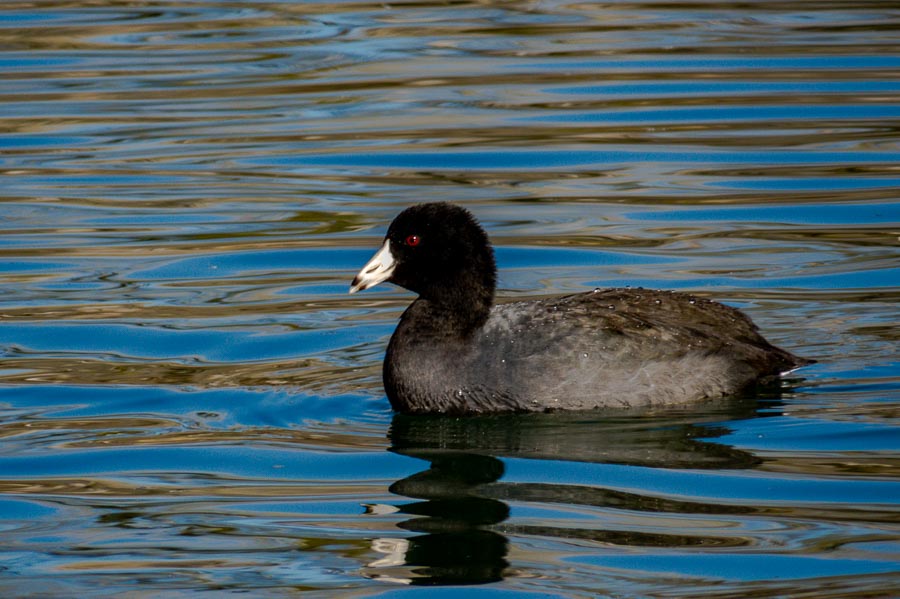
** NOTES ** The location of the Lime Kiln trailhead is not very well marked. If you park near the lagoon closest to the horse stables, the trailhead is to the left as you head in the direction of the stables. There is a trail stake to mark the beginning. After a short walk, you will need to cross a bridge which is where the water flume picture above will be located.
ARIZONA STATE PARKS & Dead Horse Ranch State Park
Facility Information – Dead Horse Ranch State Park
- 675 Dead Horse Ranch Rd, Cottonwood, AZ 86326
- Hours: 7AM – 6PM Daily
-
Amenities: Passenger vehicle parking. Restrooms
- Length: 2.1+ miles
- Elevation change: Mild (based on the first 2+ miles)
- Difficulty: Easy/Moderate
- Use: hiking, biking, picnic area, playground, fishing and horseback riding
Read more Hiking and Exploration posts HERE
**********
All original content on this blog is copyrighted by Jeffrey B. Ross with ALL Rights Reserved. While reference links back to JBRish.com are appreciated and encouraged, please acquire approval for any reproduction of original content from this website.
©Jeffrey B. Ross – 2018 – JBRish.com
